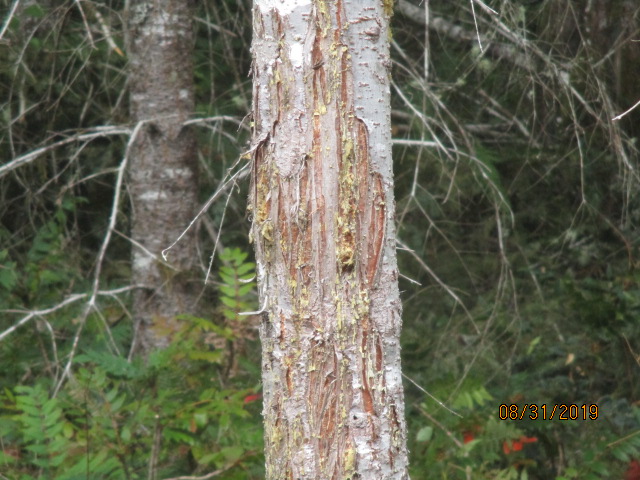Signs
If you ever wondered what camera I use to get the photos for the farm stories, I will share the link to my affiliate here. If you have any shopping to do at Amazon, please use this link to get to my camera or any item that you would like to purchase. By using my link, I will get credit for funneling a client to my affiliate without any cost to you for doing so. If you do purchase something from the company, I may get a small commission from that company which helps pay for expenses to put up this site. Thank You.
This little camera fits securely in my pocket, is quick to retrieve and focuses automatically. It has been through the hottest of summer days while working in the hay field, some very wet hikes into the forest, has been dropped and sat on 100’s of times and keeps working.
When walking in the woods recently with a friend we noticed a couple of fir trees that had vertical scratch marks. Mike didn’t have to think twice to say it was an elk or two that caused the marred surfaces on these trees.
When asked how he could determine what made the marks without the animal around to prove the point he mentioned that it is all in the signs.
The conversation brought up that both deer and elk like to gouge groves on trees as their antlers are changing from the stage of being in velvet, when they are forming, to the time when the velvet dries out and gets itchy. But scratches on a tree could possibly be made by a bear also. But bear in this instance was out of the question because of the long up and down scratches, bears tend to paw chunks of bark off rather than scoring as in this tree, and more often than not, bears will tear at the bark after they climb up the tree. Mike has seen where they sit on a branch 20 feet in the air to do their damage.
Deer have much smaller antlers than elk and like to rub on 1 and 2 inch diameter trees, those pliable and small enough to get between the points of their antlers. The only trees that deer like to rub on is fir, but they have been known to score up Scotch Broom or other secondary understory brush. Elk with their larger horns love to get those trees that are bigger and more solid so they can get that itchy velvet rubbed off. They are not as picky as the deer and can scar trees up to a foot in diameter and do not limit themselves to fir and brush. Elk rub on fir, hemlock (this turns their horns black from the pigments in the tree) or alder (which turns their horns red).
When you are in the woods, it pays to watch for the signs.
